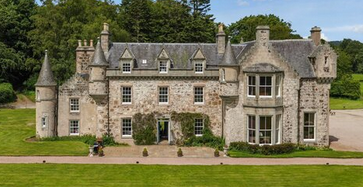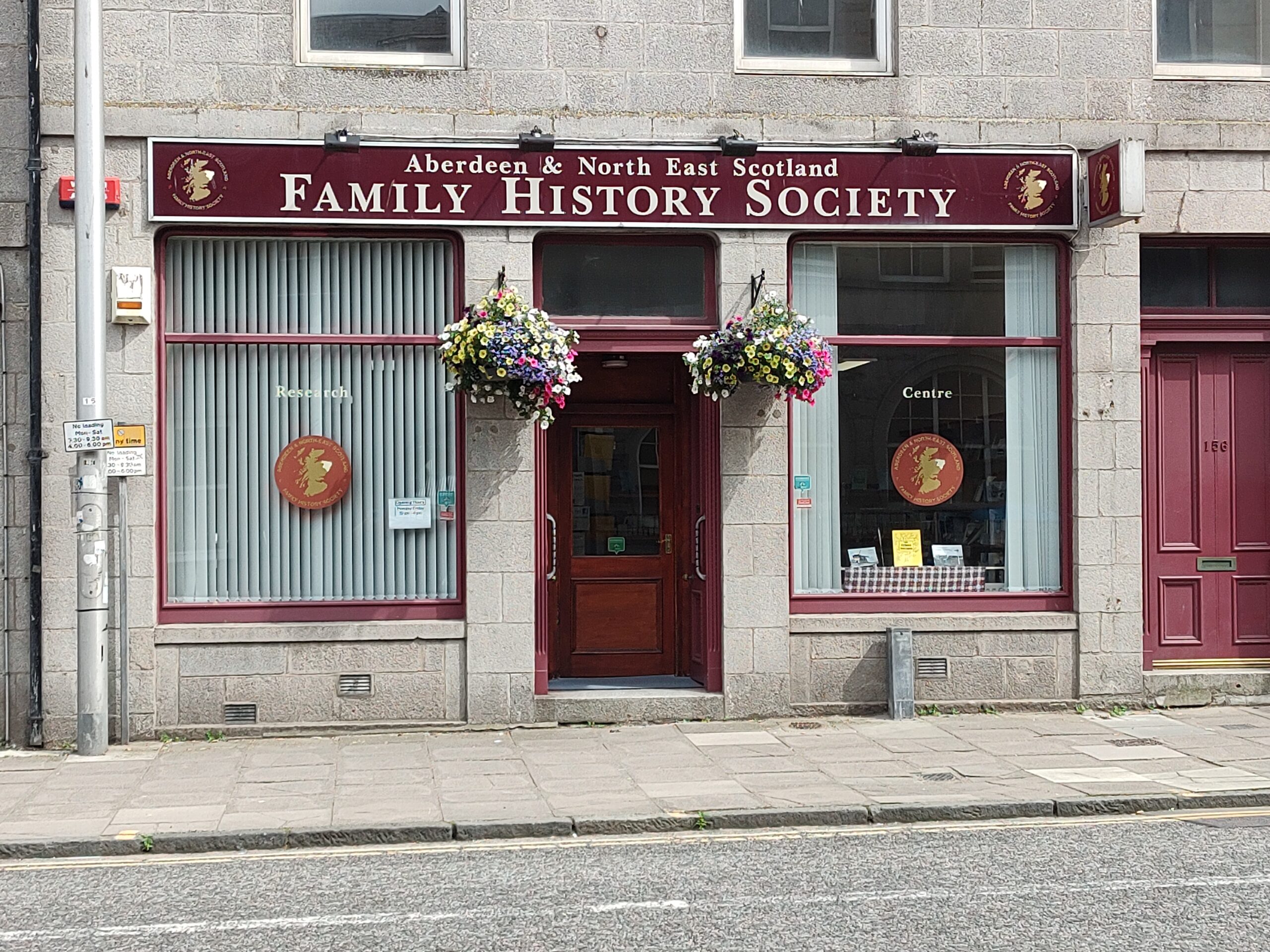The people of Scotland have been the subject of recruitment ventures since the first effort to populate Ulster, Ireland with English and Scottish peoples in the 1540s, before the time of the Plantation. Later, in about 1609, English were given land in what is now Ulster with the intention of populating the land with Protestants. In 1622, there were about 3,000 English and about 3,000 Scots in Ulster. The name Leslie appears on documents listing surnames of people of the Ulster Plantation, but I can only find one name in Family Search.
In the mid-1600s, there were efforts to recruit English and Scots to the Colonies, with one recruitment document enticing people to come to the Carolinas. There is a link to that document at the end of this posting. Later in the 1730s, there was an effort to recruit highland Scots to the Georgia area called the Darien Plantation. The conditions and provisions of the recruitment document give insight into the incentives to move:
These men with families were to go to the Georgia colony. It was stipulated that the recruits be of “Gentlemen’s families” with good reputations. Furthermore, they needed to be industrious and speak the Gaelic. Emigrants were designated as freemen and servants. Upon arrival in Georgia, each Freeman emigrant was promised provisions, livestock, tools, arms for protection, and fifty acres of land that would be inheritable by male heirs. Also, each Freeman was given a gun, ammunition, and a sword.
Many of the emigrants were not gentlemen and Freeman, instead they were tenants who were too poor to pay their way were indentured to pay their passage. The form of indenture used by the Trustees of Georgia was that all persons not Freemen would be indentured for 5 years at which time the person would become a Freeman and eligible for 20 acres of land. This indenture included women and children who upon reaching the age of 19.
According to the roster of emigrants going to Georgia, no Leslies were listed. Information about the Darien Plantation is available online at the link below.
While emigration recruitment was an ongoing activity in Scotland, it was a huge business before and during the late mid 1700s, during which time many Scots went first to Ireland and then on to the Colonies. Later in the 1700s, the Clearances led to heightened recruitment efforts to populate the fledgling providence of Canada.
In the mid to late 1800s, there continued to be recruitment to Canada, but attention soon turned to Australia and New Zealand. It is during this time that there was a significant increase in emigration of Leslies from Scotland, and a decrease in Leslies who were tenants in Ireland.
These recruitment efforts in Scotland, over the time period of 1500 to 1900, is part of the Leslie Diaspora (migration) story and this course on the Scottish Diaspora is providing great insights into the story of the Family of Leslie.
By the way, one part of the Scottish Diaspora story is the sentencing of Scots who participated in the Jacobite Uprising of 1715. In searching for Leslies, I found an Alexander Leslie who in 7 May 1716 was sent to South Carolina. Does anyone have information about this genealogy?
Another diaspora story is the expulsion of people from Scotland due to religious beliefs. While I will write about this in a later blog, here is an interesting fact. Margaret Leslie was a Covenanter prisoner held at Dunnottar Castle in Aberdeenshire. She was banished to East New Jersey on 6 September 1685.
A Brief Description of the Providence of Carolina, published 1666
https://archive.org/details/briefdescription00unse/page/6/mode/2up
The Darien Georgia Settlement (with a list of settlers)
https://electricscotland.com/history/america/darien.htm

